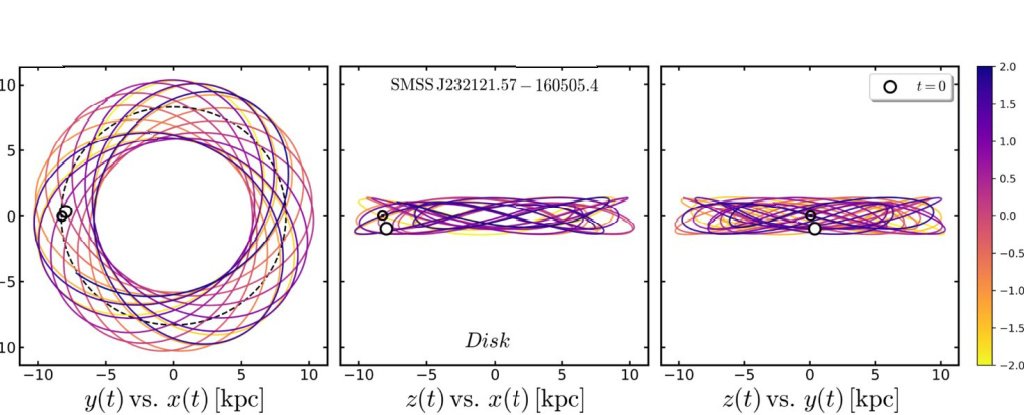
Nov 20, 2020
45 secs
Because of this, the earliest stars were made only of hydrogen and helium. Over time the abundance of heavier elements gradually increased, so younger stars tend to have a higher metallicity.Since we can determine the metallicity of a star by observing its spectrum, we know the overall metallicity of stars, both in our galaxy and others.
Thus, Population I stars have a ratio of at least -1, meaning they have 10 percent or more of the Sun's [Fe/He] ratio.
Older Population II stars have a lower metallicity than Population I, and Population III (the first generation stars) would have no metallicity at all.The youngest Population I stars tend to be within the spiral arms of our galaxy, while older Population II stars tend to be above or below the galactic plane.
The diffuse outer halo of stars surrounding the Milky Way tends to be the stars lowest in metallicity.
